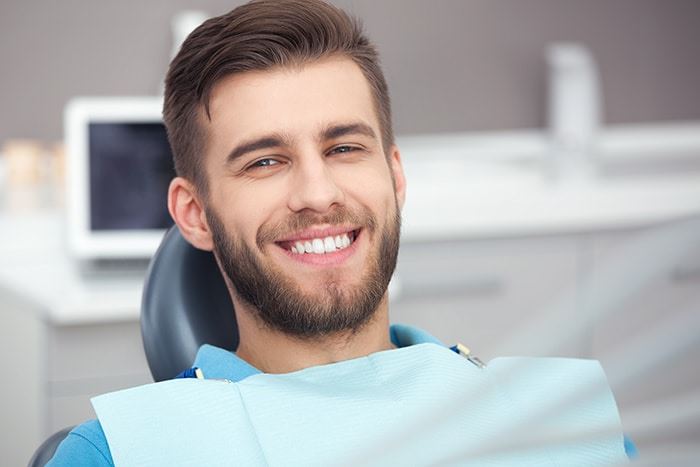Imagine a tool that can treat gum disease, lessen dental pain, whiten teeth, and minimize bleeding. Sounds like the makings of a near-perfect dental experience, right? Dental lasers actually make all of this possible and more.
What are lasers used for?
Lasers have been used commercially for some specialized oral treatments since 1989, but technology advancements have allowed for their use in a host of innovative new ways since, including:
- Removing decay within a tooth
- Removing tissues around an exposed wisdom tooth
- Reshaping gum tissue during root canal procedures
- Reducing discomfort from cold sores/canker sores
- Repairing worn-down fillings
- Removal of lesions or biopsy for cancer diagnosis
- Whitening teeth
- Removing/reshaping bone and gum tissue during crown lengthening procedures
How does a laser work?
Lasers work by creating light energy in a focused beam, producing a reaction when it hits tissue which allows it to remove or shape things. When used for surgical and dental procedures, the laser acts as a cutting instrument or a vaporizer of the tissue it comes in contact with. When used in teeth-whitening procedures, the laser acts as a heat source and enhances the effect of tooth-bleaching agents.
What types of lasers do dentists use?
Because your mouth contains both hard and soft tissue, dentists need to use different lasers depending on the procedure. Each laser – a hard or soft tissue laser – uses a different wavelength to cut into that specific type of tissue.
What happens during a laser procedure?
Your dental procedure will be like your other dentist appointments, minus the drills and vibrations! You’ll receive anesthesia, depending upon the procedure, but you may get less than what you’re used to receiving.
Can any dentist use a laser in his/her practice?
No. Laser technology has received the American Dental Association’s Seal of Acceptance as a safe and effective alternative to more traditional treatment. But before your dentist can perform dental laser treatment, they must be trained for each specific dental laser device.
Are there any disadvantages to using lasers over traditional dental instruments?
If you’ve got a mouth full of metal fillings, lasers can’t be used on those teeth, nor can they be used to fill cavities located between teeth, or for large cavities that need to be prepped for a crown. Lasers also can’t be used to remove defective metal crowns or prepare teeth for bridges.
At Loudoun Smile Center, our goal is always to make patient treatment as effective, safe, and comfortable as possible. Our team is trained to use Fotona state-of-the art dental lasers, an industry leader in this technology, to perform a range of hard and soft-tissue treatments. Contact us for more information!


